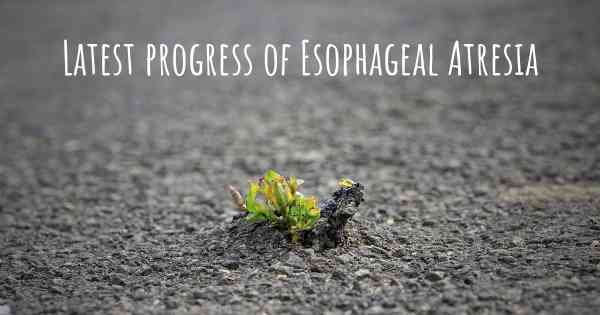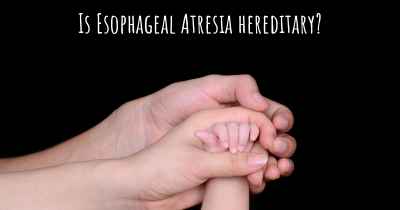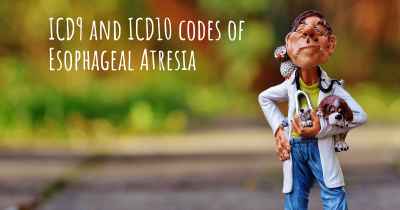What are the latest advances in Esophageal Atresia?
Here you can see the latest advances and discoveries made regarding Esophageal Atresia.

Esophageal atresia is a congenital condition characterized by the incomplete development of the esophagus, the tube that connects the mouth to the stomach. It occurs when the upper and lower parts of the esophagus do not properly connect, leading to feeding difficulties and potential complications. Over the years, significant advances have been made in the diagnosis and treatment of esophageal atresia, improving outcomes and quality of life for affected individuals.
Improved diagnostic techniques:
Early and accurate diagnosis of esophageal atresia is crucial for timely intervention. Advanced imaging techniques such as prenatal ultrasound, fetal magnetic resonance imaging (MRI), and fetal echocardiography have greatly improved the ability to detect esophageal atresia during pregnancy. These non-invasive methods allow for early identification and appropriate planning for the delivery and postnatal care of affected infants.
Minimally invasive surgical techniques:
Surgical repair is the primary treatment for esophageal atresia. Traditional open surgery involves making a large incision in the chest or abdomen to access and repair the esophagus. However, recent advances in minimally invasive techniques have revolutionized the field. Laparoscopic and thoracoscopic approaches involve making small incisions and using specialized instruments and cameras to repair the esophagus. These minimally invasive procedures offer several benefits, including reduced postoperative pain, shorter hospital stays, and faster recovery times.
Tissue engineering and regenerative medicine:
One of the most exciting areas of research in esophageal atresia is tissue engineering and regenerative medicine. Scientists are exploring the use of stem cells and biomaterials to create functional esophageal tissue for transplantation. This approach holds great promise for overcoming the limitations of traditional surgical repair, especially in cases where the gap between the upper and lower parts of the esophagus is too large to be directly connected. Although still in the experimental stage, tissue engineering techniques may eventually provide a more effective and long-lasting solution for esophageal atresia.
Improved long-term outcomes:
Advancements in surgical techniques, perioperative care, and multidisciplinary management have significantly improved long-term outcomes for individuals with esophageal atresia. The establishment of specialized centers with experienced healthcare professionals has led to better coordination of care and improved survival rates. Additionally, advancements in nutritional support, including specialized feeding techniques and gastrostomy tube placement, have enhanced the nutritional status and growth of affected individuals.
Genetic research:
Understanding the genetic basis of esophageal atresia is crucial for developing targeted therapies and improving outcomes. Recent studies have identified several genes associated with esophageal atresia, providing insights into the underlying mechanisms and potential therapeutic targets. Genetic testing and counseling are increasingly being integrated into the management of esophageal atresia, allowing for personalized treatment plans and family planning decisions.
In conclusion, significant progress has been made in the diagnosis and treatment of esophageal atresia. Improved diagnostic techniques, minimally invasive surgical approaches, advancements in tissue engineering, enhanced long-term outcomes, and genetic research are all contributing to better care and outcomes for individuals with esophageal atresia. Continued research and collaboration among healthcare professionals hold the promise of further advancements in the field, ultimately improving the lives of those affected by this condition.








